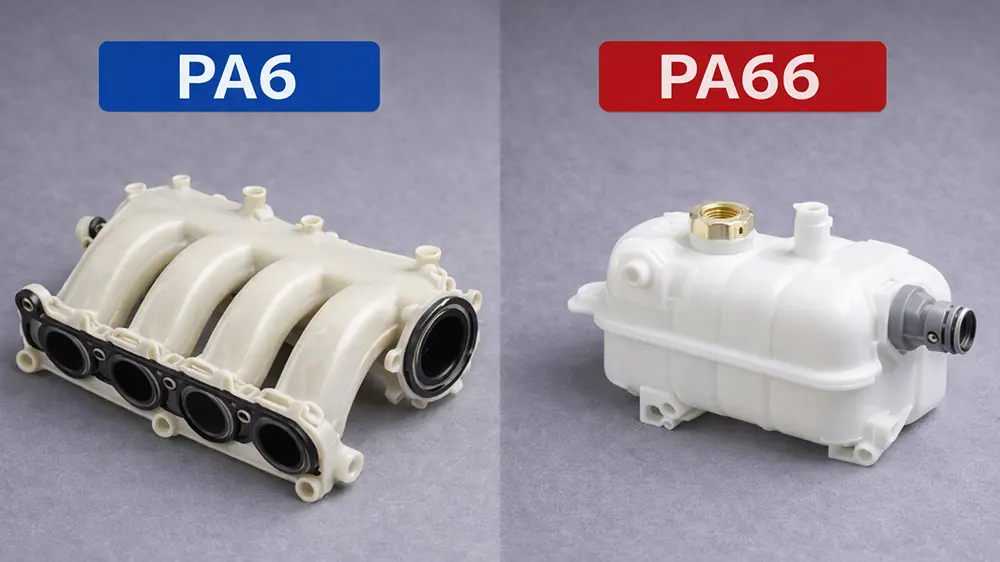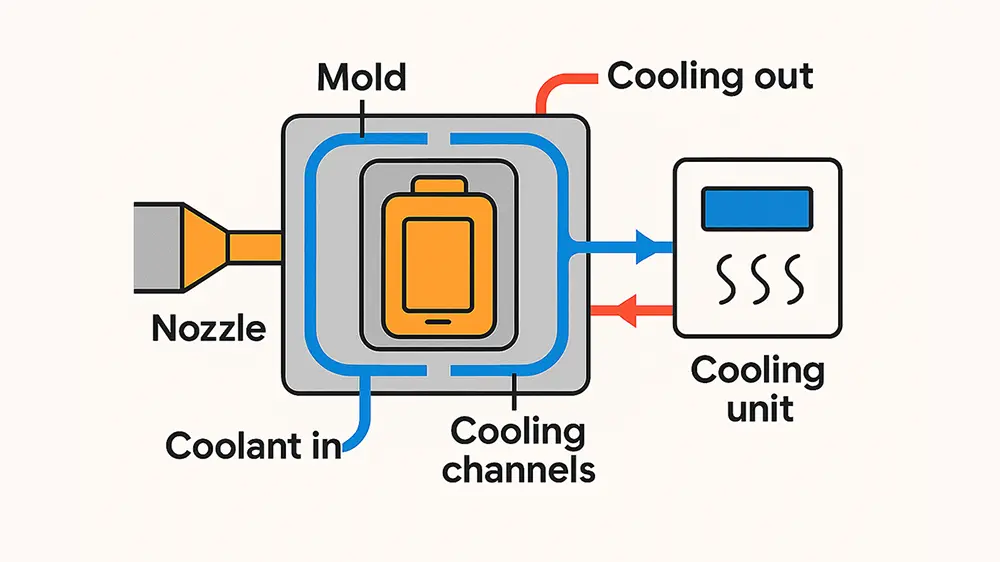CNC (Computer Numerical Control) machining is a vital manufacturing process used across a wide range of industries, from aerospace and automotive to medical devices and consumer electronics. Whether it’s producing complex parts for jet engines or delicate components for wearable tech, CNC machining has become very important in modern manufacturing.
However, the nature of the material being machined can significantly impact the challenges and considerations faced by CNC operators and engineers. Broadly speaking, metals can be categorized as “hard” (e.g., stainless steel, titanium, Inconel) or “soft” (e.g., aluminum, copper, brass), with each group presenting its own unique set of obstacles during the CNC machining process.
You need to know the differences between machining hard and soft metals to achieve optimal results in terms of part quality and maintaining efficient production workflows.
In this blog post, we discuss the specific challenges associated with the CNC machining of hard and soft metals, highlighting the unique things to address for each material type. You need to know these distinctions as an industry professional to make informed decisions and get better outcomes in your CNC machining operations.
The Art of Machining Hard Metals
Hard metals, such as stainless steel and titanium are prized for their exceptional strength, durability, and resistance to corrosion. These materials find extensive application in industries like aerospace, defense, and medical implants, where their unique properties are needed. However, the very characteristics that make hard metals so valuable also present significant challenges when it comes to CNC machining.
One of the primary obstacles you will run into in hard metal machining is the issue of tool wear and breakage. The hard, abrasive nature of these materials places immense stress on the cutting tools, causing them to wear down and fail at a much faster rate compared to machining softer metals.
The rapid tool degradation is exacerbated by the high temperatures generated during the machining process, which can further compromise the tool’s integrity. Some of the strategies you can use to mitigate tool wear include selecting specialized tool materials and coatings, as well as optimizing tool paths and machining parameters.
In addition to tool-related challenges, CNC machining of hard metals also requires increased power and torque capabilities from the machine tools. The high strength and hardness of these materials necessitate greater cutting forces, which can push the limits of the machine’s spindle and drive systems.
You need to select and configure the CNC machine in the correct way to ensure it can handle the demands of hard metal machining without compromising performance or accuracy.
The inherent resistance to deformation and the high cutting forces involved can make it challenging to achieve the level of surface quality and tight tolerances required in many applications. Techniques such as using specialized cutting tools, advanced machining strategies, and post-processing operations like polishing may be necessary to address these challenges.
The Art of Machining Soft Metals
In contrast to their hard counterparts, soft metals like aluminum, copper, and brass present a different set of challenges for CNC machining. While these materials are generally easier to machine compared to hard metals, they still require careful attention to various aspects of the process.
Chatter and Vibration
One of the primary challenges in machining soft metals is the issue of chatter and vibration. The low stiffness and high malleability of these materials can lead to excessive tool deflection and vibration during the machining process. This can result in poor surface finish, dimensional inaccuracies, and even tool damage.
To mitigate chatter and vibration, you need a combination of strategies, including the selection of appropriate tooling, optimizing work holding techniques, and carefully tuning the machining parameters.
Chip Control and Disposal
Chip control and disposal also pose unique challenges when CNC machining soft metals. These materials tend to produce long, stringy chips that can become tangled and clog up the machine’s chip removal system. To address this issue, you may need to use specialized chip breakers, efficient chip conveyor systems, and optimized cutting parameters to promote the formation of shorter, more manageable chips.
Thermal Management
Thermal management is something else you need to consider when machining soft metals. Due to their relatively low thermal conductivity, these materials can generate significant heat during the machining process, which can lead to tool wear, dimensional changes in the workpiece, and even safety concerns. Ensure there is effective cooling and lubrication of the cutting zone to maintain control over the thermal conditions and achieve optimal results.
Important Factors and Things to Consider
While the specific challenges you may in CNC machining of hard and soft metals differ, there are also some commonalities that you need to recognize. Both material types require careful attention to tool selection, work-holding techniques, and process parameter optimization to achieve the desired outcomes.
When selecting the appropriate CNC machining process for either hard or soft metals, you need to consider some things. The machine tool’s capabilities, such as power, rigidity, and spindle speed, play a crucial role in determining its suitability for the specific material being machined.
The tooling requirements, including the tool material, coatings, and geometry, must also be carefully matched to the characteristics of the workpiece. Additionally, the work-holding techniques you employ can significantly impact the stability of the machining process and the resulting part quality.
Cooling and lubrication systems are another essential consideration, as they directly influence the thermal management of the machining operation. Soft metals, with their higher heat generation, may require more robust cooling solutions, while hard metals may benefit from specialized cutting fluids to mitigate tool wear. Post-processing requirements, such as deburring and surface finishing, should also be factored into the overall CNC machining strategy for both hard and soft metals.
What are the Strategies for Successful CNC Machining of Hard and Soft Metals?
Regardless of whether your focus is on hard or soft metal machining, the key to success lies in the implementation of comprehensive process planning and optimization. This involves the effective use of CAM software and simulation tools to model the machining process, identify potential issues, and optimize the tool paths and machining parameters.
Equally important is the role of operator training and skill development. Your CNC machinists must possess a deep understanding of the unique characteristics and requirements of hard and soft metal machining to make informed decisions, troubleshoot problems, and ensure the consistent production of high-quality parts.
You also need continuous improvement through data collection and analysis. Keep monitoring and analyzing the performance of CNC machining operations to identify opportunities for optimization, and implement targeted process improvements.
In Conclusion
CNC machining plays a vital role in the manufacturing of a wide range of products, from complex aerospace components to delicate medical devices. As the demand for precision and performance continues to rise across industries, the ability to successfully implement CNC machining of hard and soft metals will be a key differentiator for manufacturers.





